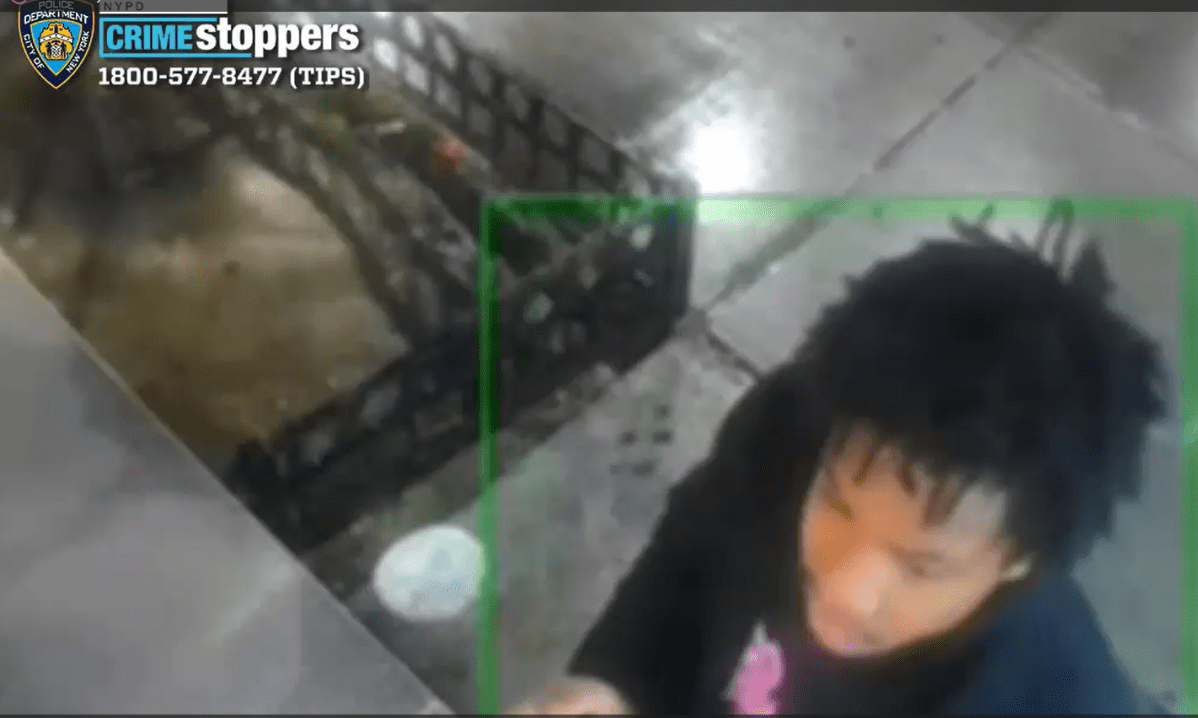The survey found the single greatest problem plaguing bike lanes was pedestrian blockage. During almost a full day of observation, more than 741 instances of pedestrians blocking lanes in Midtown were noted. An additional 275 occurrences of cars, taxis and even pedicabs blocking the lanes were observed.
Stringer’s report offered several recommendations for cycling safety, including increased enforcement against cars that drive in or obstruct bike lanes, increasing taxicab awareness of the hazards of “dooring,” and developing more protected bike lanes.
Panelist Gruskin lost her husband, Stuart, two years ago when, on his way to lunch, he stepped off a curb in Midtown and was hit by a bicycle going the wrong way. Stuart Gruskin suffered massive brain injuries and died three days later.
“While our family suffered the ultimate tragedy, I am not against cycling,” Nancy Gruskin said to the hushed room.
Gruskin dealt with her loss by creating the Stuart C. Gruskin Family Foundation and its “5 To Ride” pledge. The initiative calls on businesses using bicycles to instruct cycling employees to put pedestrians first, stop at red lights, ride in the right direction, stay off the sidewalk and stay in one lane.
Forty-five businesses and restaurants, as well as dozens of individuals, have signed on to the pledge. Restaurants receive a bright orange decal to post in their window. As she talked about cycling in the city, Gruskin repeated the word, “responsible” several times, concluding by stating that, “Everybody must follow the rules.”
T.A.’s White pointed out that many restaurant delivery cyclists are undocumented and therefore ignore tickets. He said compliance with bike laws could be self-enforced if the business owners “feel the pain” and are responsible for summonses when one of their delivery cyclists is ticketed.
District Leader Brad Hoylman asked panelists if there should be laws requiring cyclists to wear helmets.
White said he is against helmet laws and bike licensing because it would suppress cycling. He explained that bike licensing was ineffective when tried in other cities and, in any case, bike crashes and injuries have gone down in the past five years.
Hearing that statistic, Juliano turned to White and asked where he got that data.
“From the N.Y.P.D. and D.O.T.,” White replied, adding that increased cycling has resulted in safety in numbers. D.O.T. statistics show the number of bicycle commuters doubling to more than 17,000 since 2006. D.O.T.’s “Cycling Safety Indicator” reflects a 75 percent decrease in the average risk of serious injury to commuter cyclists from 2000 to 2009.
Less than a month after state Assemblymember Michael DenDekker proposed laws mandating license plates and insurance for commercial bikes, as well as requiring license plates for personal bicycles, he withdrew the legislation following an outcry from the cycling community. While some reports have said the proposal is dead, DenDekker is considering reworking the legislation to make it stronger.
Another bike licensing proposal is being considered by City Councilmember Eric Ulrich of Queens, who intends to offer a bill requiring the licensing of adult cyclists citywide. The legislation, expected to be introduced within a few months, would not require cyclists to be insured.
As hands shot up for more questions, Villager Robert Bradlow asked the panelists what was being done to protect cyclists from pedestrians. Bradlow told the gathering that he got hit and required 22 stitches while riding in front of the Chelsea Hotel. White opined that pedestrians as well as cyclists needed to be educated on the use of bike lanes.
To that end, T.A. plans to dispatch a dozen “bike ambassadors” throughout the city this summer to hand out copies of the organization’s “Biking Rules” pamphlet and to answer cyclists’ questions about responsible riding.
Another audience member wondered if levying a surcharge on bike sales would be a viable method to compensate victims injured by cyclists. Juliano predicted there would eventually be bike licenses, though, he said, not throughout the state, but in high-traffic locations, like Manhattan and Brooklyn. White added that cyclists in London are required to have insurance.
Holding up a blue bicycle helmet, Jim Fouratt said he wore that headgear while running for City Council in 2009. Fouratt said he had been hit twice on his bike and would rather ride on the sidewalk than risk getting killed in traffic.
As the last commenter of the evening, West Village resident Kathy Jacobsen offered a calm assessment of the bike lane flap.
“What we have to do is make room for each other and learn to share the space,” she said, sparking a round of applause.
V.I.D.’s next panel, “Getting Out The Voter,” will be Wed., May 4, at 7 p.m. at the L.G.B.T. Center, 208 W. 13th St.

































